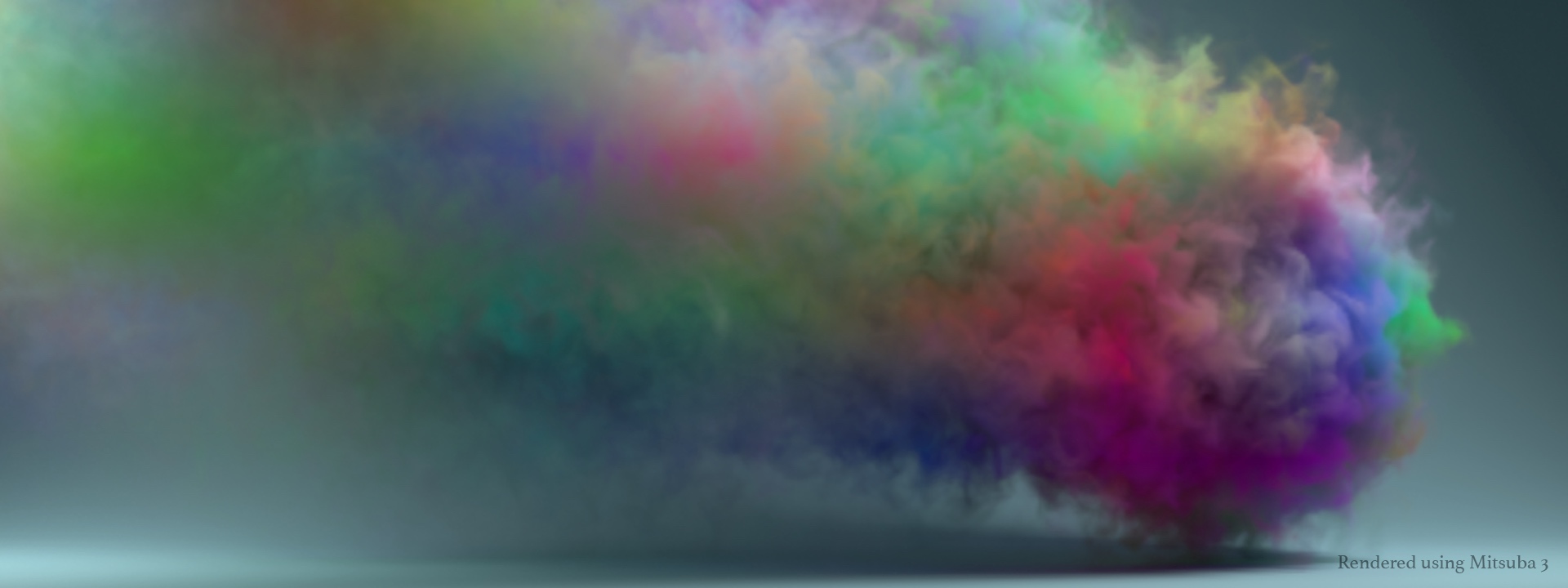
Plugin reference#
Overview#
The subsections above describe the available Mitsuba 3 plugins, usually along with example renderings and a description of what each parameter does. They are separated into subsections covering textures, surface scattering models, etc.
The documentation of a plugin always starts with a table similar to the one below:
Parameter |
Type |
Description |
Flags |
|---|---|---|---|
soft_rays |
boolean |
Try not to damage objects in the scene by shooting softer rays (Default: false) |
|
dark_matter |
float |
Controls the proportionate amount of dark matter present in the scene. (Default: 0.42) |
|
(Nested plugin) |
integrator |
A nested integrator which does the actual hard work |
Suppose this hypothetical plugin is an integrator named amazing. Then, based on this
description, it can be instantiated from an XML scene file using a custom configuration such as:
<integrator type="amazing">
<boolean name="softer_rays" value="true"/>
<float name="dark_matter" value="0.44"/>
</integrator>
{
'type': 'amazing',
'softer_rays': True,
'dark_matter': 0.44
}
In some cases, plugins also indicate that they accept nested plugins as input arguments. These can
either be named or unnamed. If the amazing integrator also accepted the following two parameters:
Parameter |
Type |
Description |
Flags |
|---|---|---|---|
(Nested plugin) |
integrator |
A nested integrator which does the actual hard work |
|
puppies |
texture |
This must be used to supply a cute picture of puppies |
then it can be instantiated e.g. as follows:
<integrator type="amazing">
<boolean name="softer_rays" value="true"/>
<float name="dark_matter" value="0.44"/>
<!-- Nested unnamed integrator -->
<integrator type="path"/>
<!-- Nested texture named puppies -->
<texture name="puppies" type="bitmap">
<string name="filename" value="cute.jpg"/>
</texture>
</integrator>
{
'type': 'amazing',
'softer_rays': True,
'dark_matter': 0.44,
# Nested unnamed integrator
'foo': {
'type': 'path'
},
# Nested texture named puppies
'puppies': {
'type': 'bitmap',
'filename': 'cute.jpg'
}
}
Flags#
Each parameter optionally has flags that are listed in the last column. These flags indicate whether the parameter is differentiable or not, or whether it introduces discontinuities and thus needs special treatment.
See mitsuba.ParamFlags for their documentation.